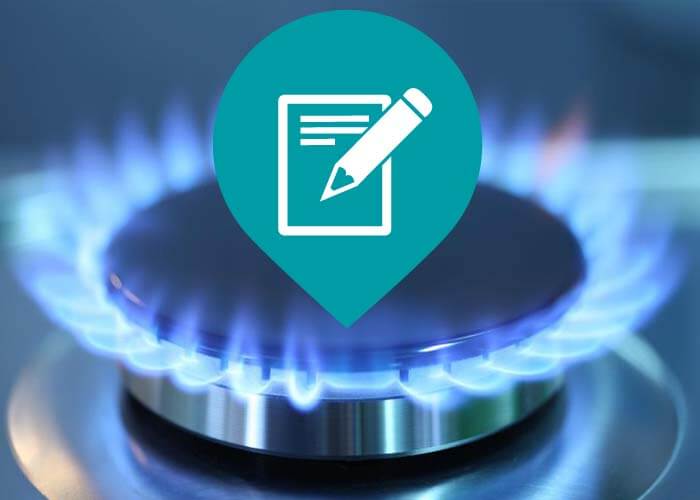
Just how Does the Natural Gas Distribution System Work?
Exactly how Does the Natural Gas Shipment System Job?
Gas streaming from higher to decrease stress is the basic principle of the natural gas distribution system. The quantity of pressure in a pipeline is determined in extra pounds per square inch.
From the well, the gas enters into "celebration" lines, which are like branches on a tree, getting bigger as they obtain closer to the main collection factor.
Event Equipments
A celebration system might need one or more field compressors to relocate the gas to the pipe or the handling plant. A compressor is a machine driven by an interior combustion engine or turbine that creates stress to "push" the gas through the lines. Most compressors in the gas shipment system use a percentage of natural gas from their very own lines as fuel.
Some gas gathering systems consist of a handling facility, which executes such functions as removing contaminations like water, carbon dioxide or sulfur that may wear away a pipeline, or inert gases, such as helium, that would minimize the energy worth of the gas. Handling plants also can eliminate small quantities of gas and butane. These gases are used for chemical feedstocks and other applications.
The Transmission System
From the event system, the natural gas steps into the transmission system, which is normally composed of about 272,000 miles of high-strength steel piper.
These large transmission lines for gas can be contrasted to the nation's interstate freeway system for automobiles. They relocate big amounts of gas countless miles from the generating areas to regional distribution firms (LDCs). The stress of gas in each area of line commonly varies from 200 pounds to 1,500 extra pounds per square inch, depending upon the sort of area in which the pipe is running. As a safety measure, pipes are designed as well as created to deal with far more stress than is ever before really reached in the system. As an example, pipes in more booming locations operate at less than one-half of their layout stress level.
Lots of major interstate pipelines are "looped"-- there are 2 or more lines running parallel to each other in the same right of way. This provides optimum capability during durations of peak demand.
Compressor Stations
Compressor terminals lie roughly every 50 to 60 miles along each pipe to improve the stress that is shed with the rubbing of the natural gas relocating via the steel pipe. Several compressor stations are totally automated, so the tools can be started or stopped from a pipeline's central control area. The control area can likewise from another location operate shut-off valves along the transmission system. The operators of the system keep in-depth operating information on each compressor terminal, and also continuously adjust the mix of engines that are going to make the most of effectiveness as well as security.
Natural gas moves via the transmission system at approximately 30 miles per hour, so it takes numerous days for gas from Texas to get to an energy receipt factor in the Northeast. Along the way, there are lots of interconnections with various other pipelines and also other energy systems, which uses system operators a large amount of versatility in relocating gas.
Linepack
A 50-mile section of 42-inch transmission line operating at about 1,000 pounds of stress contains about 200 million cubic feet of gas-- sufficient to power a kitchen range for greater than 2,000 years. The quantity of gas in the pipe is called the kalorifer tamiri izmir "linepack.".
By raising as well as decreasing the stress on any kind of pipe sector, a pipe firm can make use of the sector to save gas throughout periods when there is much less need at the end of the pipeline. Using linepack in this way allows pipe operators to deal with per hour variations in demand very successfully.
Natural gas pipes as well as utilities make use of very sophisticated computer models of client need for natural gas, which connect daily and also hourly usage fads with seasonal and environmental variables. That's why customers can depend upon the integrity of gas-- when it's required, it exists.
Gateway Terminals.
When the gas in a transmission pipe gets to a local gas utility, it typically goes through a "entrance station." Energies regularly have gateway stations receiving gas at many different areas and from a number of various pipelines. Gate terminals offer 3 objectives. First, they reduce the pressure in the line from transmission degrees (200 to 1,500 pounds) to circulation levels, which range from 1/4 extra pound to 200 pounds. Then an odorant, the distinct sour scent connected with gas, is added, to make sure that consumers can smell even small quantities of gas. Lastly, eviction terminal gauges the circulation price of the gas to identify the amount being received by the utility.